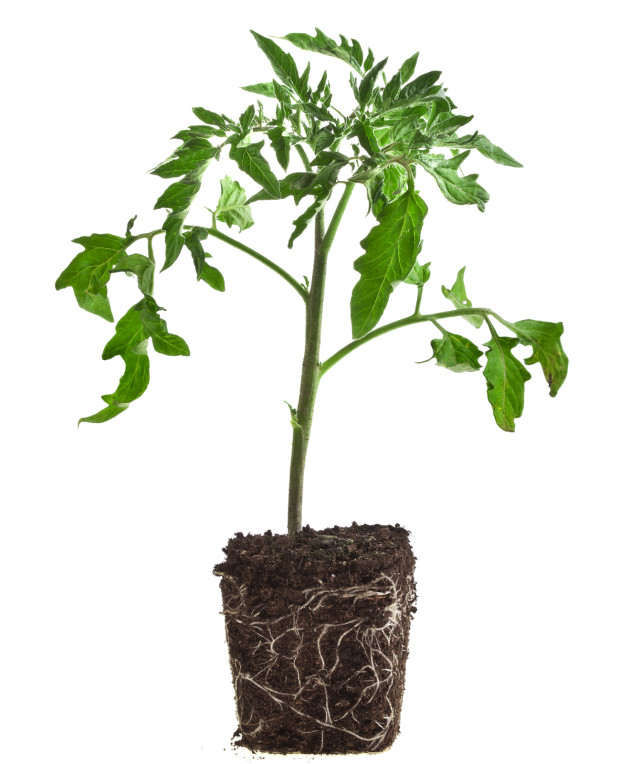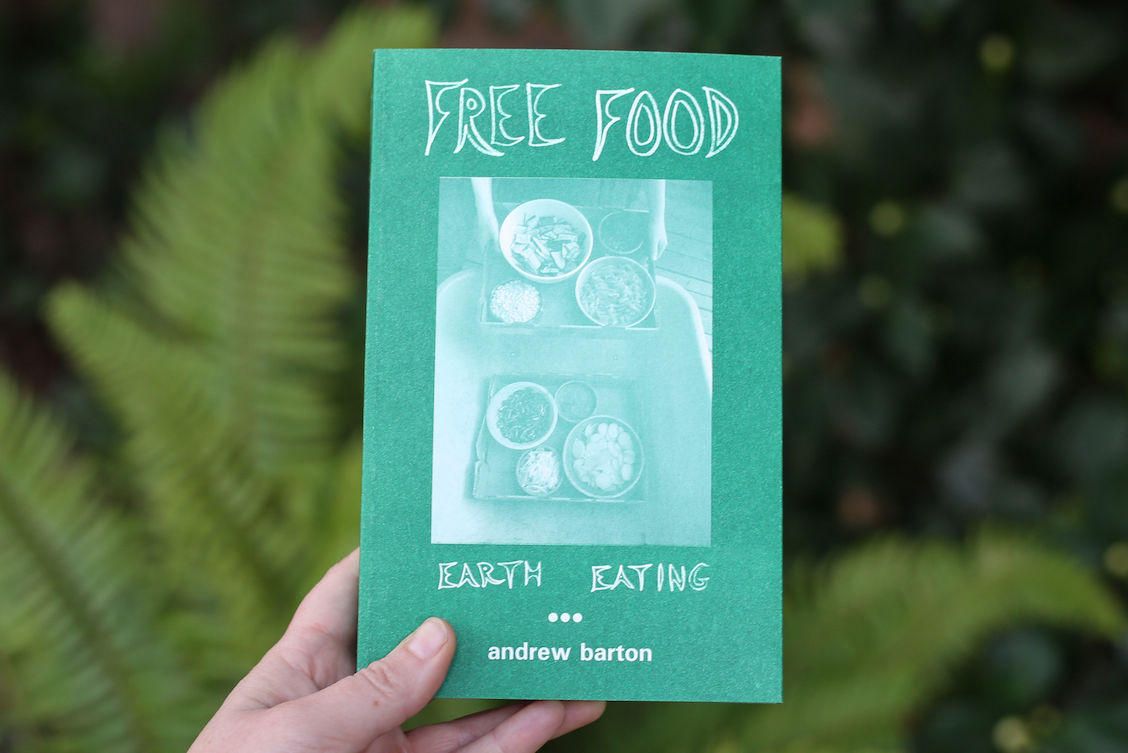When To Plant Tomatoes

Image: Madlen
Retail nursery employees in the Pacific Northwest spend the month of May gently urging people not to plant their tender tomatoes, peppers, eggplant and basil outdoors too early in spring. They aren't doing it to be obstinate—they just want you to have a positive gardening experience.
They have cause for concern: bad gardening experiences often make people give up on gardening. What's more, growing really fabulous tomatoes can be a challenge in our climate, even for experienced gardeners.
So early June arrives and there's no clear-cut information about precisely when to plant. Why? Because it's different every year. The time to plant tomatoes arrives when that magical alchemy occurs between sun, rain, wind, and the earth's own gradual movement. Then you have to factor in the specifics of your own garden site: a building can block your sun and result in a slower spring start than a pot on a sunny south-facing terrace in downtown Portland. It's cooler in the West Hills than in the river-warmed banana belt of Sellwood.
So when to grab your trowel and plant those tender babies outside?
Here's the most important tip you may ever get for growing those tender summer veggies in the Pacific Northwest: for about $10, buy your own soil thermometer at a local retail nursery and you'll know for yourself when to plant. Poke it into your garden soil, with the end about 2" deep, and you'll be able to tell when the soil temperature has risen sufficiently to spark growth in tomatoes and other tropical summer veggies. If temperatures are too low, the plants won't grow roots and will gradually languish and become susceptible to disease.
Here's all the info you need to make the best use of your soil thermometer:
For tomato plants to survive for a few weeks, soil temperatures should be 50-55 F. Cold-hardy tomatoes—especially those bred by OSU specifically for our climate such as Oregon Spring or Early Cascade, or the heirloom variety Stupice—can tolerate cooler soil and set fruit in lower temperatures than, say, an old-fashioned beefsteak like a Brandywine. But for tomatoes to thrive, soil temperatures should be well into the 60s. Soil temperatures over 70 really spark growth. Optimum air temperatures are 75 to 95 F; air temperatures below 57 F delay growth and encourage tomato disease.
One good germination and planting temperature chart for veggies can be found at Gardener's Supply.
So take the mystery out of knowing when to plant tomatoes, peppers and eggplants—and test your soil temperature. If the soil temperature first thing in the morning is below 60F, wait a bit longer. That short delay could mean your plants could surpass those planted a week earlier.
More tomato tips:
- Want to get started ahead of everyone else anyway? Try Territorial Seed Co.'s season-extending devices like Wall-O-Water or Kozy Coats to boost soil and air temperatures for young starts.
- Choose stocky, leafy plants over tall, thin ones. If your only choice is a scrawny plant, bury the plant up to the first set of leaves. This will help it root along the stem and support a stronger plant.
- If your tender baby plants have come directly from a warm greenhouse, acclimate them for a few days before planting outside in cool temperatures. Put them in dappled sun outdoors during the day and bring them inside at night until their foliage toughens up a bit.
- Don’t plant tomatoes in the same spot year-after-year. Rotating plants helps discourage soil-borne disease.
- Give tomato plants plenty of room. Space them at least two feet apart to help with air circulation and prevent disease.
- Pinch side shoots to neaten the plant—the only time it improves productivity is at the end of the season. Just cut off the top foliage and baby fruit to help ripen remaining tomatoes.
- Mulch with 2-4" of straw or shredded leaves after the soil has really warmed up in July. Mulch minimizes splash-back from the soil when watering and can minimize soil-borne disease.
- Water consistently—deeply and every few days. If the plants go dry in mid-summer, don’t overcompensate with watering if the plant is loaded with fruit – this can lead to fruit cracking. Instead, provide steady, regular moisture every few days, as the weather dictates.




